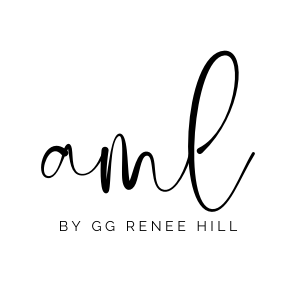art and emotional maturity
“Art can be a superhighway to rare kinds of emotional maturity. An art practiced over time can become a form of self-study that slowly and steadily builds a matured self-awareness.” — Greg Levoy
We all have a vision in our minds of where we want to go in our creative journeys. You might picture your byline in your favorite publication, or visualize yourself telling your story in front of a room full of people. Deep down, you know the stories you want to tell and the environments that bring the best out of you, but you also anticipate the obstacles that you will face along the way, even in those early first steps. As seekers, we have to change the way we think about the obstacles. Our desires are clues to our potential, but to what extent are we willing to face the uncertainty of exploring them?
So often we don’t start, continue, or finish projects because we are afraid to make messy or unpolished or amateur art. We are afraid that our results will not match our expectations. As I evolve in this work, I look back at my writing and projects from early on and I cringe at the rawness, but I also realize that I will always be growing in my craft, so I might as well adjust to growing out loud. The cringiness is part of the growth. Putting ourselves out there is part of the growth. And on the other side of it is expansion.
Can you give yourself permission to look at your creative life, not as a measure of your gifts or worth, but as a practice in getting more comfortable and unapologetic about who you are?
At some point we must accept vulnerability as part of the vision. Before the byline will come lots of what Anne Lamott calls shitty drafts that make you question if you're making any sense. When you go in front of that room full of people, your voice may tremble and you might leave out part of your speech. When you sit down to write you might come face-to-face with restlessness, boredom, impatience, and doubt. To move through these discomforts, everyone's path is different, but we all have the opportunity to learn about self-acceptance through the creative journeys that call to us. In Callings: Finding and Following an Authentic Life, Greg Levoy says: "Free expression invites accidental insight.”
He goes on to say, “Art can be a superhighway to rare kinds of emotional maturity. An art practiced over time can become a form of self-study that slowly and steadily builds a matured self-awareness.”
In summary, to start, continue, and finish projects, we need to include vulnerability in our creative visions and lean into the discomfort of experimentation and growth. This week our warm-up exercise is all about recognizing the value of carefree, experimental art. We'll be doing an exercise to stretch our minds and play with sentence structure. Conceptually, the exercise allows you to observe the accidental insights that can come from free expression.
WARM UP
Exercise from Writing Down the Bones p. 67
Goldberg says that by cracking open syntax, we release energy and are able to see the world from different angles. This exercise allows you to play with words which makes language less intimidating and lowers resistance to raw, unpolished writing. It allows us to break rules and see things with fresh eyes to reveal new artistic choices.
1. Find three or four lines from your journal or you can freestyle write a few sentences now. The sentences do not have to be profound or deep.
2. Copy or write your sentences on a blank page. Below that, rewrite your sentences, mixing up the words in any order with no regard to meaning, grammar, or punctuation.
3. Resist the urge to make it make sense and the urge to get caught up in rules. Do your rewrite recklessly and feel free to repeat or add words if you feel the impulse.
4. Next, add punctuation wherever you like, still unconcerned with meaning or grammar. Add the punctuation like you are decorating a picture.
5. Now read it aloud to yourself in different ways, expressing different moods and emotions.
6. When you’re done, make a note of any compelling phrases or images that come up for you.
One way to use this exercise is to explore key words and phrases to center an idea you’re trying to formulate. I used it to brainstorm names for a storytelling project that I’m working on. I pulled a few lines from content that I already had in my archives. Now, maybe I can narrow down and experiment with these compelling phrases that I pulled from the rewrite to name my project!

